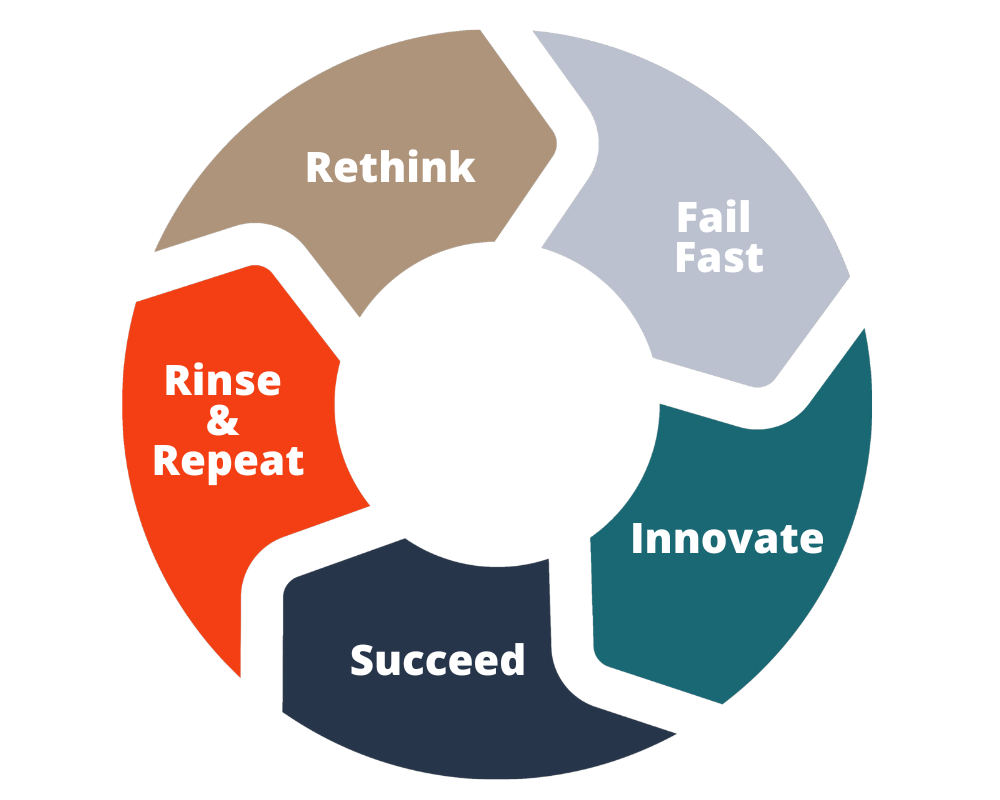Frequently Asked Questions

FAQ - Antidote: An Emotional Wealth Framework for Resilience
1. What is the "Antidote" framework, and what inspired its creation?
The "Antidote" framework is an emotional wealth framework developed by JC Chamberlain to build resilience. It consists of seven key elements: health, learning, earning, giving, love, spirit, and dreams. This framework emerged from Chamberlain's personal experiences, including a severe bicycle accident where he was hit by a car and his subsequent recovery from paralysis, as well as his battle with prostate cancer. These experiences led him to identify the resources and inner strengths that helped him overcome these setbacks.
2. What are the seven key elements of the "Antidote" emotional wealth framework?
The seven key elements of the framework are:
- Health: Building a strong foundation of physical well-being.
- Learning: Embracing lifelong learning to adapt and overcome challenges.
- Earning: Achieving financial stability and security.
- Giving: Contributing to others and the community.
- Love: Cultivating meaningful relationships.
- Spirit: Connecting to something greater than oneself, often through faith or spirituality.
- Dreams: Setting aspirations and goals to provide purpose and motivation.
3. How did JC Chamberlain's mother influence his resilience and development of the "Antidote" framework?
JC Chamberlain's mother played a pivotal role in instilling resilience in him from a young age. She encouraged him to be "overprepared" for life's challenges. She was fond of saying, "Don't worry, nothing is going to be okay," which helped him accept that life will not always go his way. She pushed him to excel and instilled in him a mindset that he had to rise above his circumstances. She also emphasized the importance of dreams and aspirations. She stated, "Without your dreams and your aspiration, you have nothing,". In Chamberlain's case, she was instrumental in encouraging him to pursue his ambitions and develop the strength to face adversity, including adding "Dreams" as the most important element in the framework.
4. How can individuals use the "Antidote" framework to assess their own lives?
Individuals can use the framework as a tool for self-assessment and personal growth. Chamberlain has developed a "life satisfaction quiz" (in the shape of a wheel) based on the seven elements. The assessment involves assigning a score (from one to five) to each element, reflecting how well they believe they are doing in that area of their life. This process helps individuals identify their strengths (where they score high) and deficits (where they score low), and then allows them to focus on improving those areas where they feel they are lacking.
5. What is the connection between aspiration, inspiration, and perspiration, as related to the "dreams" element of the framework?
Chamberlain's mother emphasized that dreams are the foundation of the framework. She believed that dreams and aspirations lead to inspiration. Once inspired, individuals can identify specific paths and goals. Only then can they apply the necessary effort and hard work (perspiration) to achieve their dreams. Aspiration fuels inspiration, which in turn drives perspiration.
6. How did JC Chamberlain's near-fatal bicycle accident contribute to the development of the framework?
The bicycle accident, where JC Chamberlain was hit by a car, served as a catalyst for identifying and naming the elements that had always been present in his life but not consciously recognized. The experience forced him to confront his mortality and analyze why he survived. He realized that the combination of his physical health, his continuous learning, his relationships, and his spiritual connection, among other factors, contributed to his resilience and recovery.
7. What are some ways to develop resilience if you feel you lack it?
Developing resilience involves cultivating a mindset that embraces challenges as opportunities for growth. It includes identifying and strengthening the seven elements of the "Antidote" framework: health, learning, earning, giving, love, spirit, and dreams. The source material suggests one should actively seek experiences that challenge them mentally and physically, learn from setbacks, and build a strong network of support. Furthermore, setting ambitious goals and striving to achieve them can enhance resilience.
8. What is the "innovation cycle" mentioned in the context of the "Antidote" framework, and how does it relate to learning and adaptation?

The "innovation cycle" refers to the iterative process of problem-solving and adaptation. In the context of the "Antidote" framework and particularly the "learning" wealth element, it involves identifying a problem, proposing a solution, testing that solution, and integrating the successful elements of the solution into a new product or approach. This cycle emphasizes failing fast, learning from mistakes, and continuously improving based on feedback. It is related to learning and adaptation because it fosters a mindset of experimentation, resilience, and continuous growth.